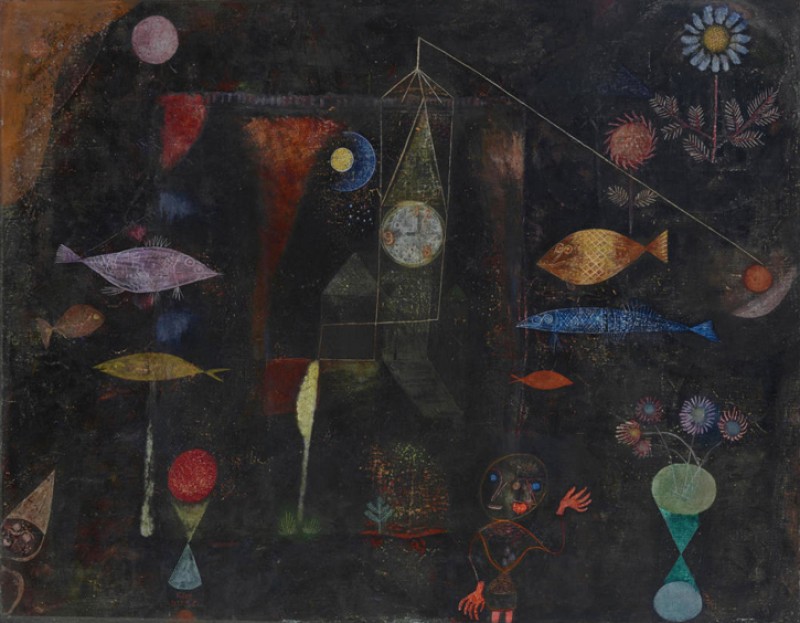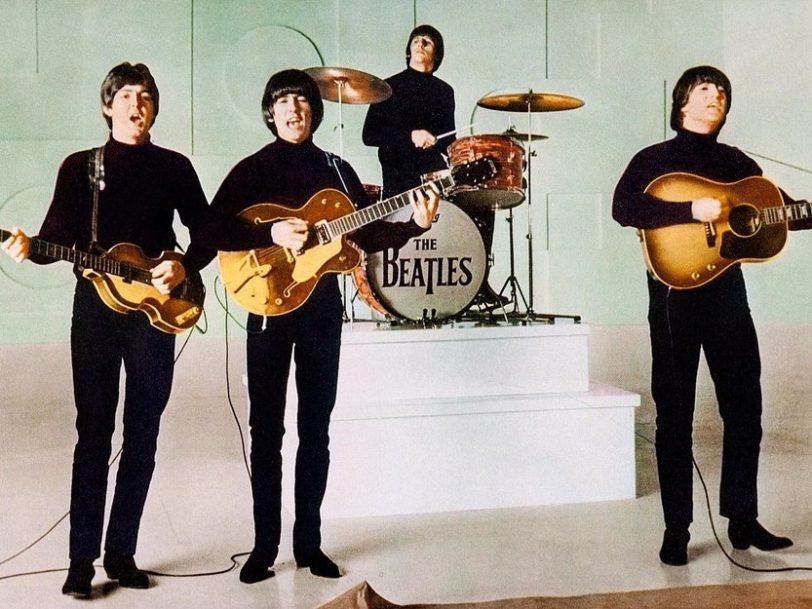
“Your trouble vibrates the table,” sings mandolinist Chris Thile, backed by a sprightly churn of banjo, fiddle and upright bass. But our mutual affliction isn’t the viral kind-at least not in the traditional sense. Punch Brothers: The Phosphorescent Blues (2015)Īmericans are sick, the Punch Brothers tell us on their fourth studio album.
#Folk art three magi pink tones series
Instead he presents the listener-as he does on all the album’s songs-with the unsatisfying reality that life is a package deal, a series of tradeoffs, and leaves us to draw our own conclusions. On “Sake of the Song,” over an organ-fueled Memphis blues, he sings: “Hitchhiking, bus riding, rental cars, living rooms, coffee houses, run-down bars, 10,000 people or alone under the stars, it’s all for the sake of the song.” As the number sprawls across a dozen verses, Carll tallies up all the pluses and minuses of the music life-the “record deals and trained seals” and the chance to “tell your truth however you choose”-but refuses to conclude that one outweighs the other. That consciousness was always lurking in the background of Carll’s songs, but here it comes into the foreground. Into the spaces where the stomping and joking once were comes a sobering awareness of the losses that shadow every life. It’s a more thoughtful collection-with the choruses more likely to contain epiphanies than punchlines. It’s a quieter album, recorded mostly with a stripped-down trio-with occasional splashes of keys and steel added here and there. Lovers and Leavers is the finest work of Hayes Carll’s career, even if it’s very different from what came before. The instrumentation is remarkably subtle, especially the muted banjo running through “Logic of a Friend,” and the soft accordion buried in the Yankee Hotel Foxtrot-ish outro of the album’s closer, “Holy Grail.” For a collection of heartfelt, affirming and coolly optimistic songs, the intricate production is careful enough to propel the music along, rather than bog it down in a mire of overzealous meddling. Children’s choirs, café chatter, hand claps, ticking clocks and ambient noise liven the mix and dispel the feeling of gimmickry.
#Folk art three magi pink tones plus
Nearly all of the 16 songs on One Plus One Is One feature ADD-accomodating instrumental and dynamic shifts. His fourth release-a much sparer, acoustic creation-is no less carefully arranged. The poorly illustrated Damon Gough had already proven himself a masterful arranger, deftly weaving vignettes, tangents, instrumental interludes and miniature movements into the space of three- to five-minute pop songs. Badly Drawn Boy: One Plus One Is One (2004) We limited our list to two albums per artist, and even then only noting second albums from a handful of key artists.

But these are the albums our music writers and editors felt were the very best indie-folk albums ever made.


There was plenty of argument among our staff about who was too hard-rock, too straight alt-country or just didn’t fit our definitions. There’s overlap with alt-country, coffeehouse singer/songwriters, orchestral pop and indie rock, but we did our best to grab albums that felt like “indie folk,” whether the artist was recorded in their bedroom or released it on a major label. These albums are filled with folky songs that would be at home on college radio next to post-rock and dance tracks. Musically, we’re looking at that glorious amalgamation of tradition folk elements (acoustic instruments and vocal styles) with the burgeoning indie-rock scene-or, occasionally, electronic elements applied to folk music. In fact, reading through this list is overwhelmingly nostalgic, as much a time capsule of the writers and editors we’ve worked with these last 15 years as of the musicians who’ve often graced the cover and pages (both paper and virtual) of our magazine since its inception. In compiling our rankings here, we’ve defined its era as beginning in 1972 with Nick Drake’s seminal Pink Moon, being mostly ignored until the mid-’90s with acts like Elliott Smith and Gillian Welch, and then booming right around the time we launched Paste in 2002. No music genre is particularly easy to define, but “indie folk” is about as nebulous as they come.


 0 kommentar(er)
0 kommentar(er)
